Pergola Swing Ideas for an Easy DIY Project
My aunt–the same one who recently put in a raised garden bed–has a small patio which has been sitting mostly empty for some time now. She doesn’t have room for a big structure, but her patio definitely needs something that will make it an attractive place to relax and socialize. After talking about the options with me, she’s decided to go with a pergola swing. This is a great project for her, as she’s a relative DIY beginner. After brainstorming more than a few pergola swing ideas, we came up with one that will be the perfect fit for her patio area.
Pergola swings are fun projects because they’re easy. You don’t need a permit to build one and you can do it in a weekend. However, just because no one will inspect it doesn’t mean you should skimp on safety. A sturdy pergola swing starts with a strong pergola to hold it up. With a solid structure and powerful hardware in place, the rest of the project will go smoothly regardless of what type of plan you choose.
Pergola Swing Ideas to Update Your Patio
Pergola swings, sometimes called arbor swings, are nothing more than a standard pergola structure with a roof-hung seat or bench. Because there are so many kinds of pergolas, there are a lot of different kinds of pergola swings, too. Here are a few basic designs to consider:
- Traditional two-seater: The traditional swing uses a small pergola to suspend a two-seater swing attachment that moves from front to back. This is a very simple design that’s great for small spaces and is a good starting point for new DIYers.
- Multi-level two-seater: This type of pergola has the same swing type as a two-seater, but the structure of a multi-level pergola is used to provide better support and more visual appeal. This makes a good centerpiece on an open patio or in a garden.
- Multi-seater, omnidirectional style: This type uses a larger pergola with a swing platform that has two inward facing benches. In this style, the benches hang from the roof on a universal-type hinge, allowing the swing to move both back and forth and side to side. This is a pergola style which works best as a standalone structure due to its size, and you’ll want to make sure you have plenty of space for it.
- Adding on to an existing pergola: In some cases, a swing can be added to an existing pergola. You’ll want to hang it from a beam or joist, not a rafter. Ideally, hang the swing close to a cross section where beams intersect to provide additional support. At a minimum, your support beam should be at least a 4×6, but follow the instruction on the swing attachment for best results.
While a pergola swing isn’t a difficult project, it still needs to be a safe one. The weight of the swing, regardless of the style you choose, is going to create some structural issues you’ll need to be prepared to deal with.
Creating a Safe Structure for Your Pergola Swing
While there aren’t a lot of moving parts to a pergola swing design, those parts do add a bit of extra work. The structure needs to be built to resist wobbling when the swing is in use. In addition, the roof will need to be able to hold a higher amount of weight. You want to have a 500 lb capacity minimum, and ideally even more than that. To solve this issue and others unique to pergolas with swings, you’ll need:
- Post anchors: Either set your pergola posts in concrete or use strong post anchors so the legs of the swing won’t lift when the swing is in motion. If you’re working on top of a deck, you want to make sure the posts have a secure attachment to the joists, not just the floorboards. For the surface of a deck, use post bases designed for contact with ACQ lumber to create a secure connection.
- Heavy weight wood ties: Thick metal wood ties, preferably made of hot-dipped galvanized steel, will help support the additional pressure on the beams and posts due to the weight of the swing and occupants. The movement of the swing will increase the pressure and torque on ties and fasteners, potentially warping weak hardware, so any hardware you choose should be as high quality as possible.
- A level: The ground or surface where your pergola will sit needs to be completely level if you’re going to keep your swing from leaning and putting too much pressure on one side or the other. If the ground is not perfectly level, you’ll need to change the lengths of the posts to make the beam holding the swing level. Longer posts can be used to make up for a small incline, while shorter ones will help you work over humps.
- A high-capacity chain for the swing: I’ve seen some people try to use rope or nylon cord to hang swings, and while it might look nice, it’s not going to hold for long. Those types of materials eventually stretch and then break. To hang the swing, you’ll want a steel chain that can hold at least 450 lbs. A 2/0 straight link chain should suffice, or, if you’re planning on cramming lots of people on the swing at the same time, you can go for a 3/0 chain.
My aunt now has plans to add a multi-tier two-seater pergola to her patio, which she hopes will keep her shaded in summer while providing a relaxing place to sit year-round. She hasn’t started on the project yet, but it’s in the works–she has most of the materials she needs, and is just waiting for the perfect free weekend to get started.
One thing that’s really helping her is a detailed project plan and supplies from OZCO. She got everything she needed to build a strong structure from OZCO, including powerful hardware designed to resist the elements. OZCO’s post bases, wood ties, and rafter clips are ideal for a job like this because they’re thick, sturdy steel that’s been hot-dipped galvanized and covered in a powder coat, so they look beautiful and stay strong. With them, you can build the perfect pergola swing for your outdoor space in less time than you’d think.


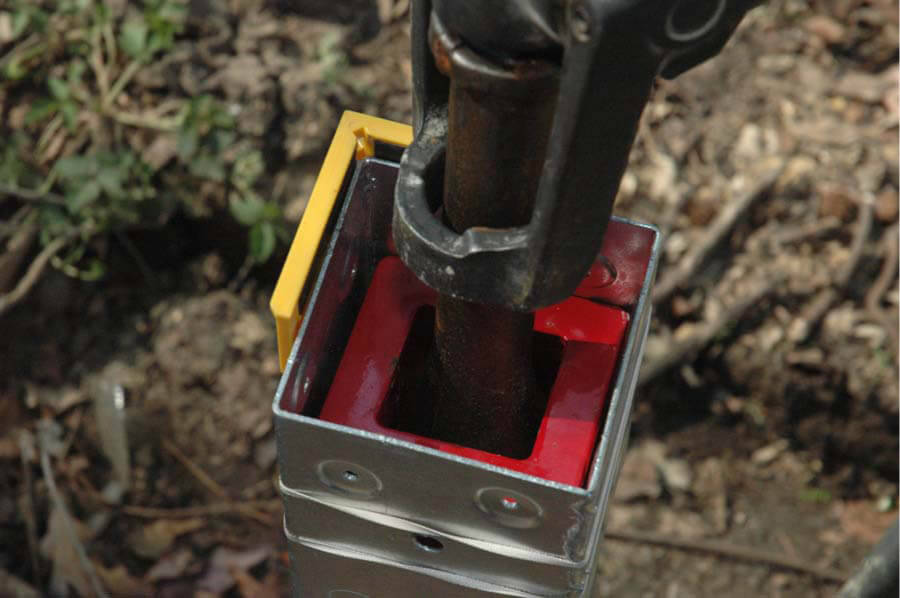

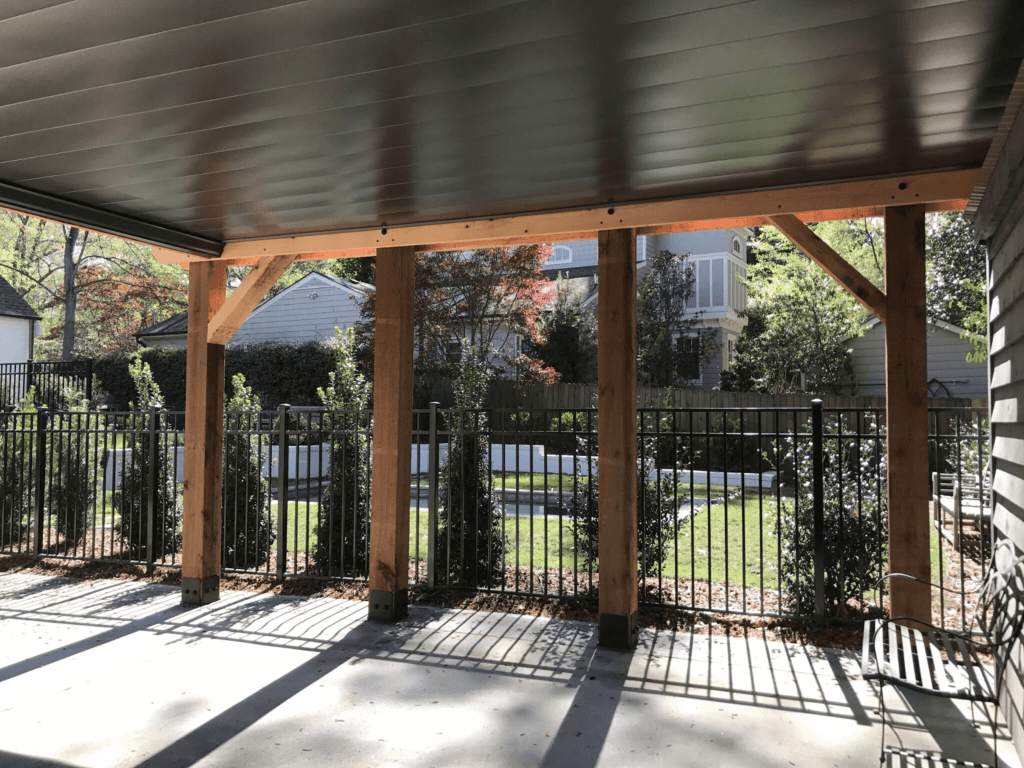
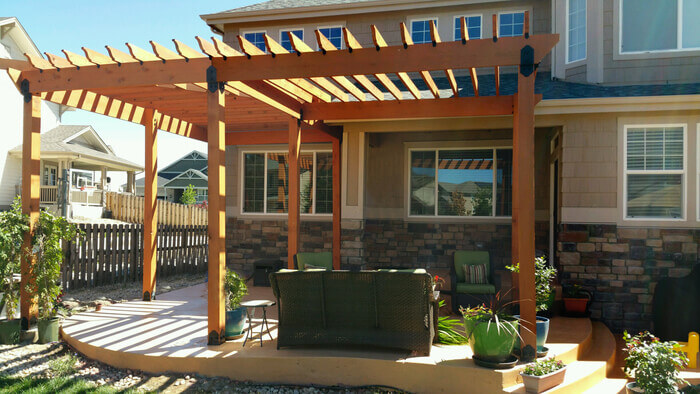


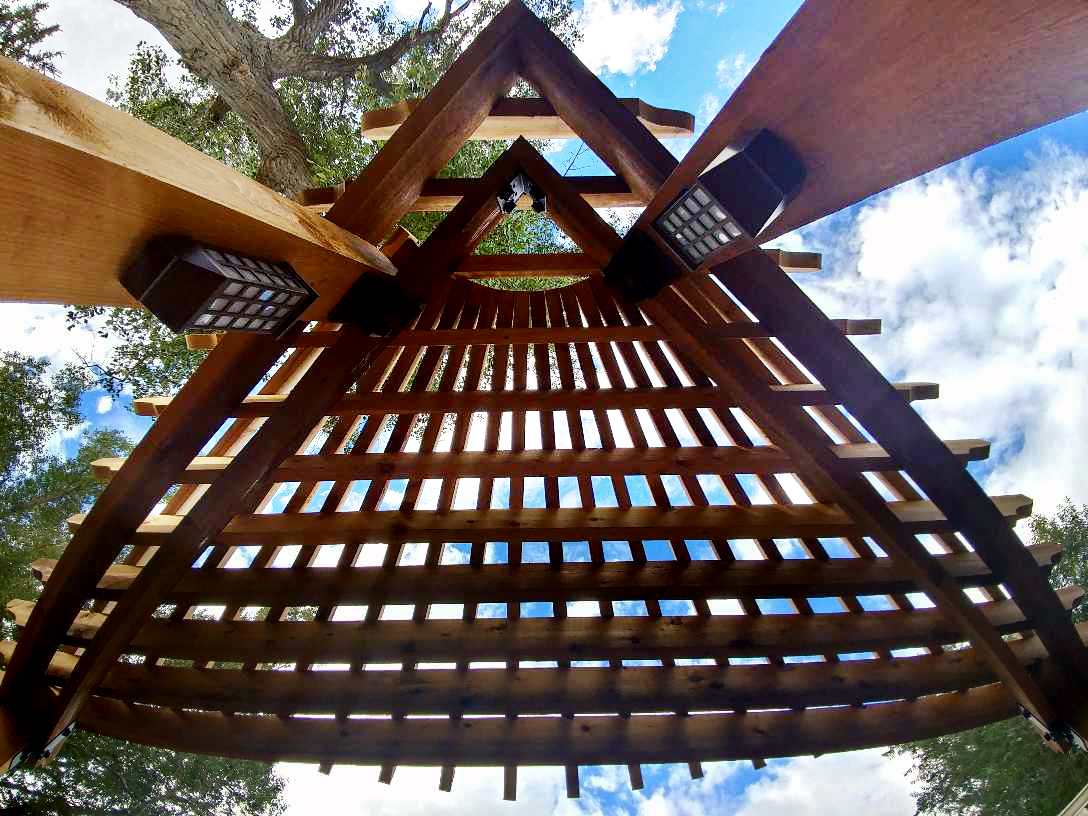
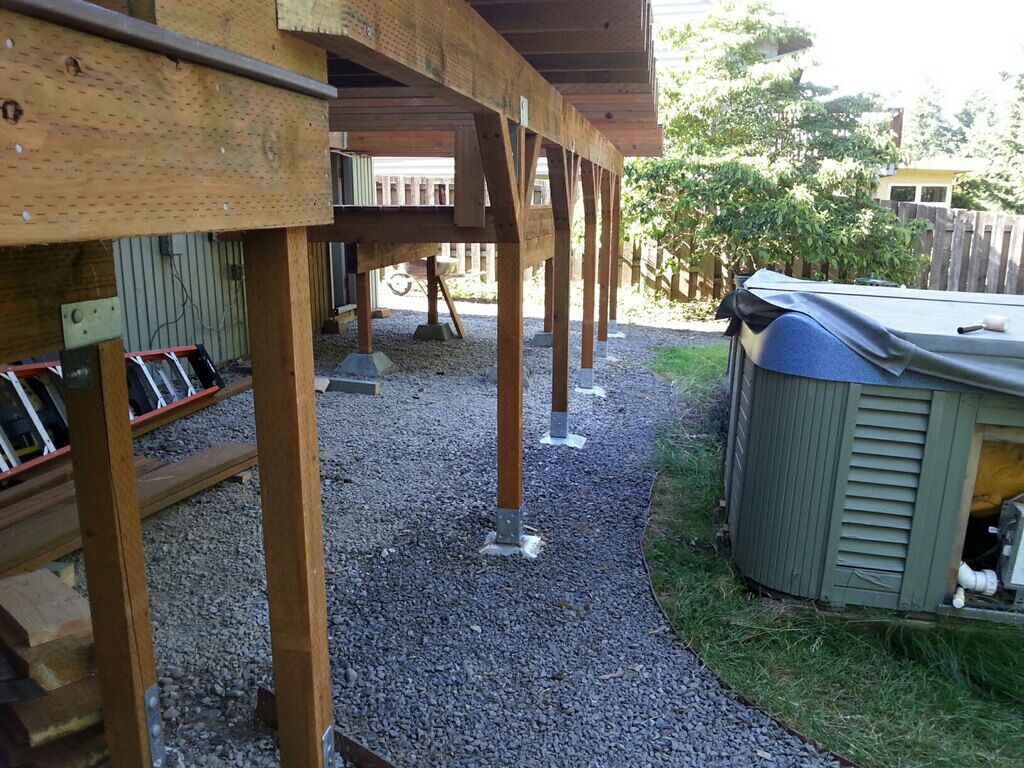
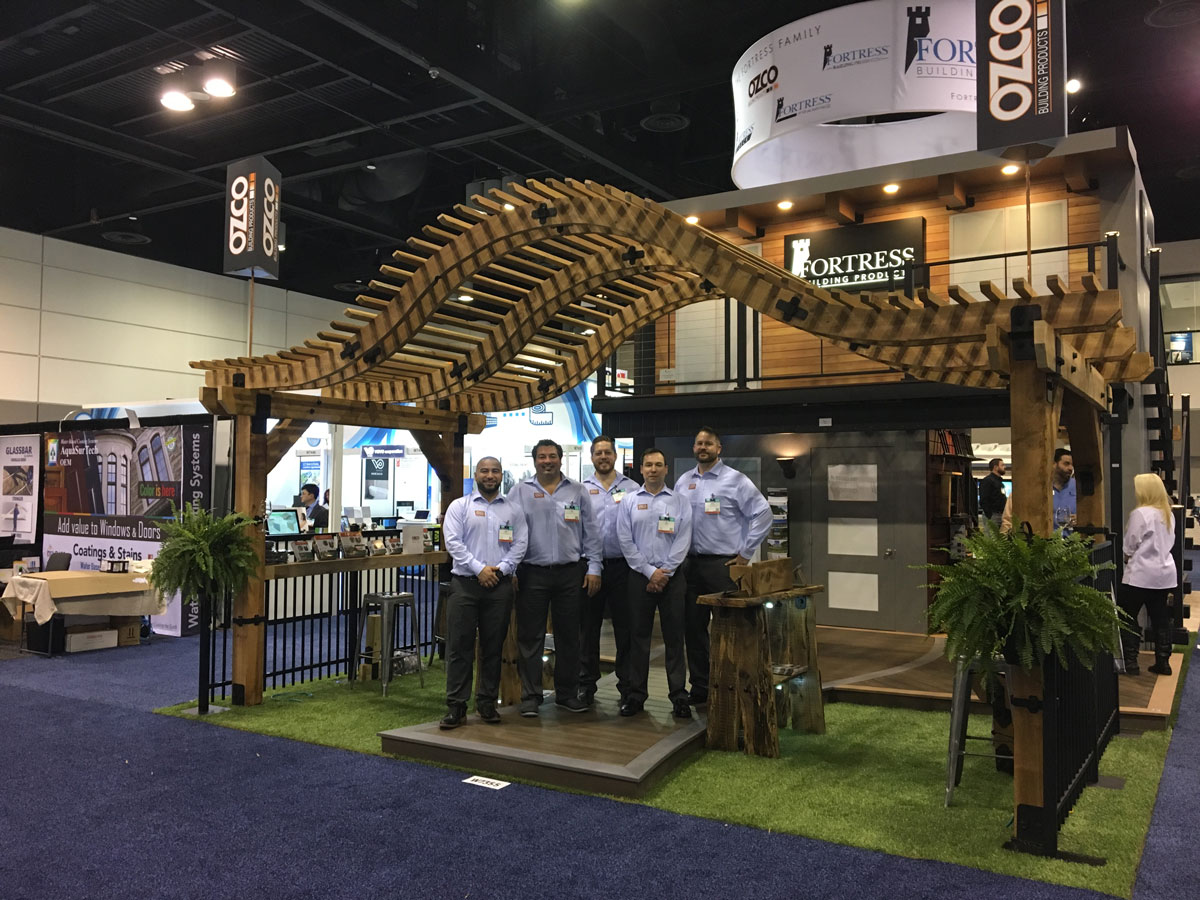

Leave a Reply